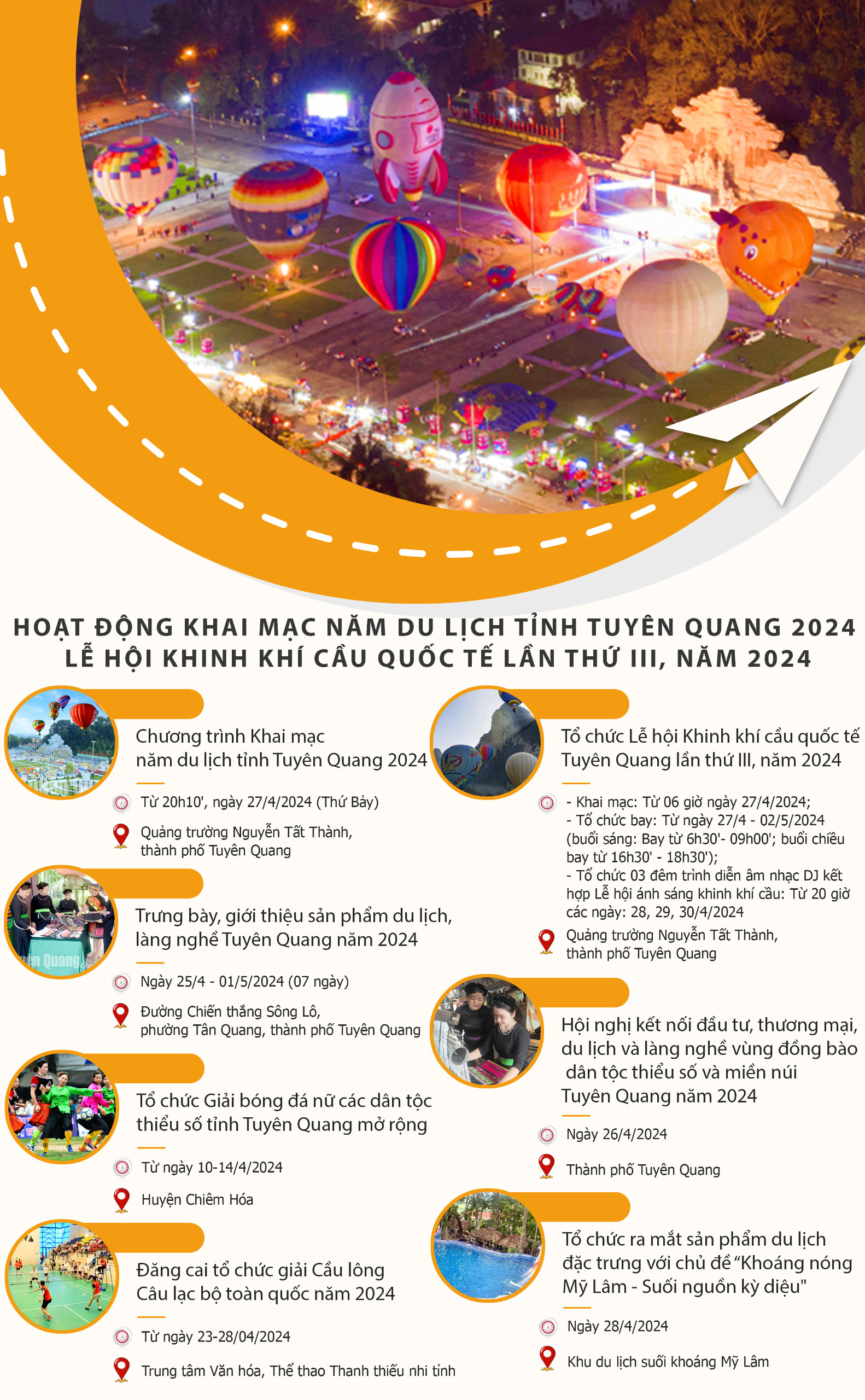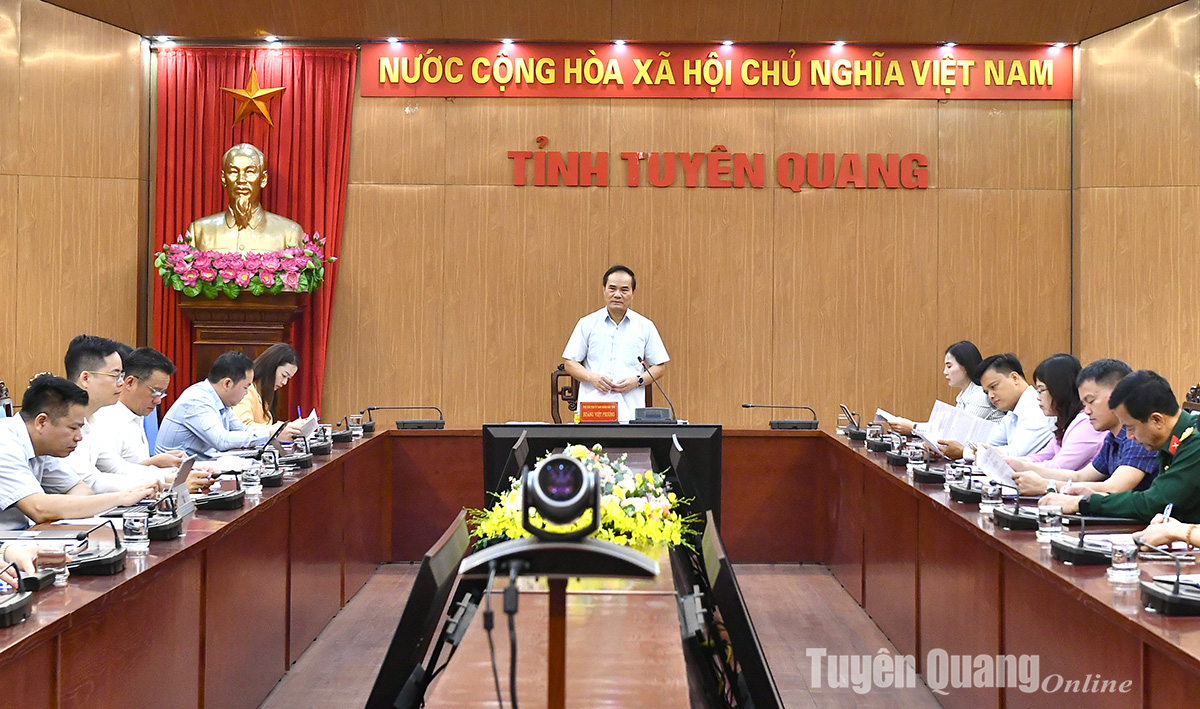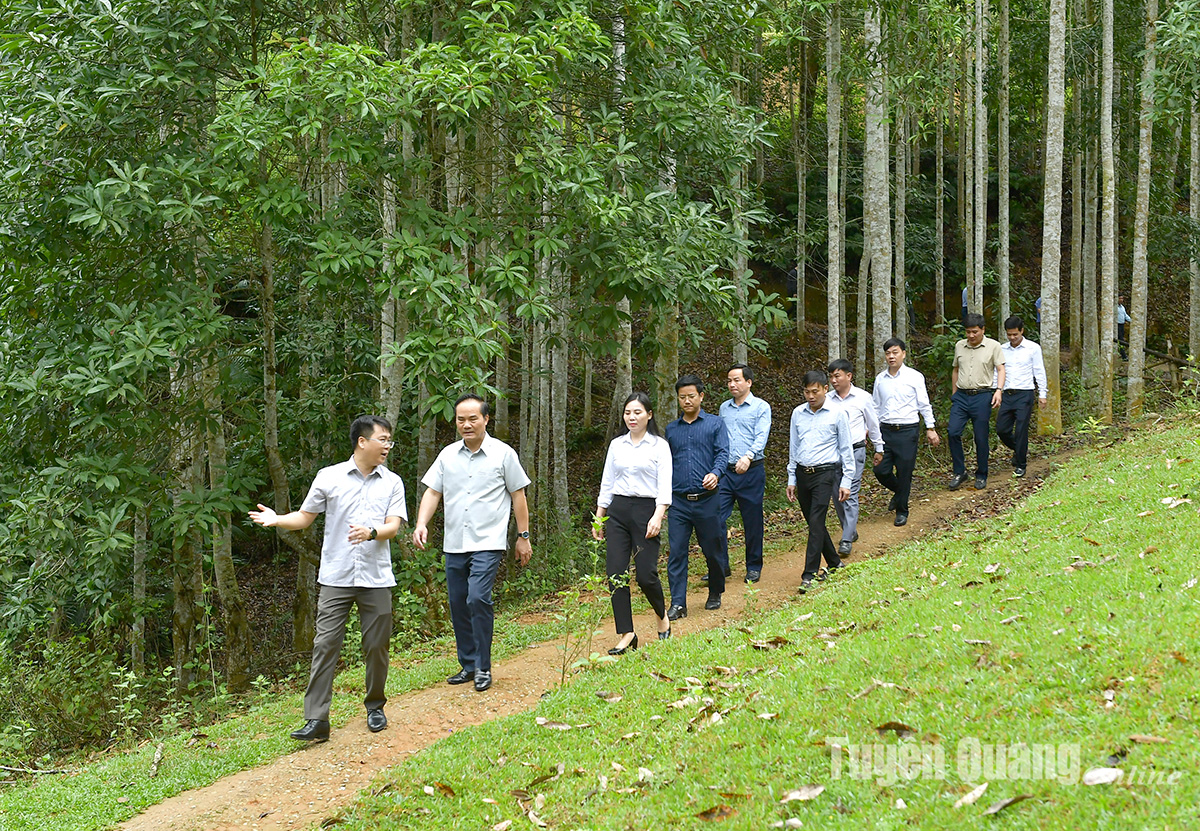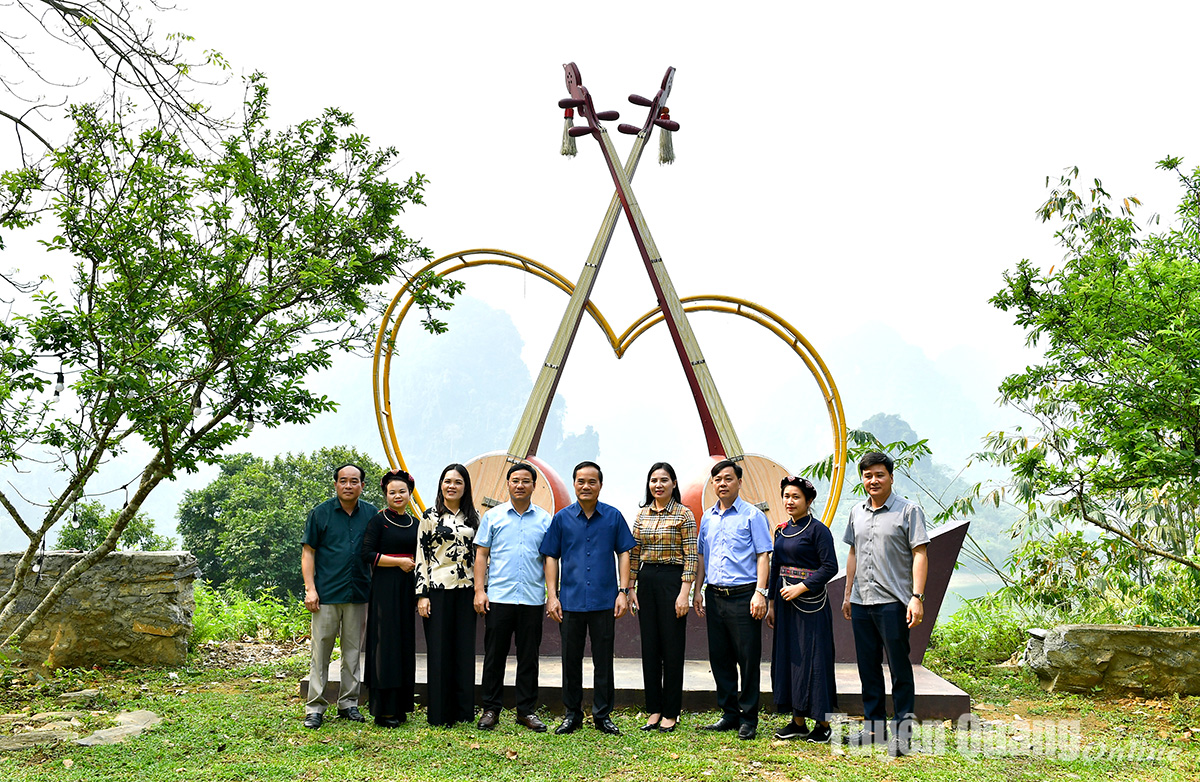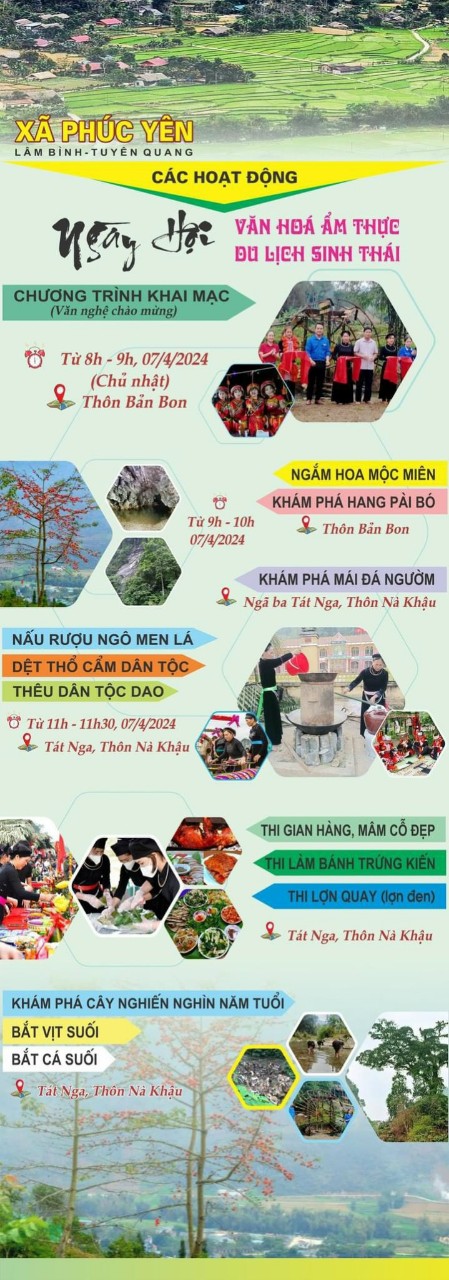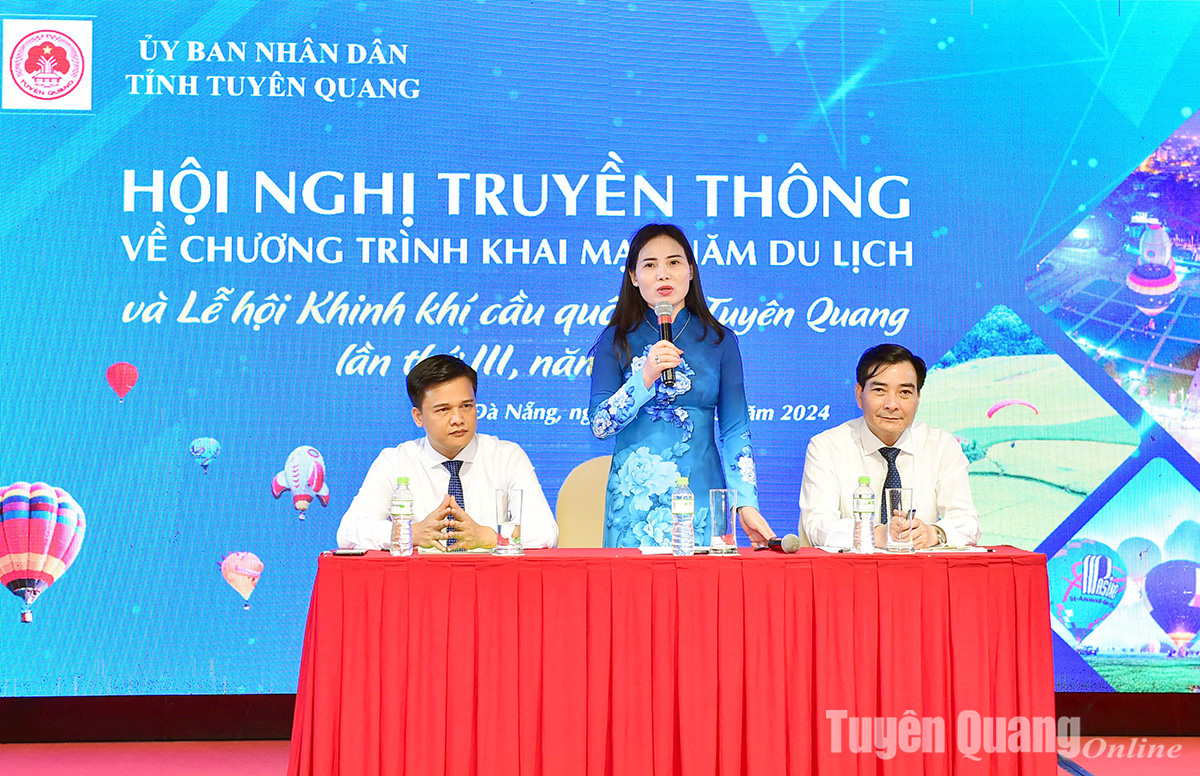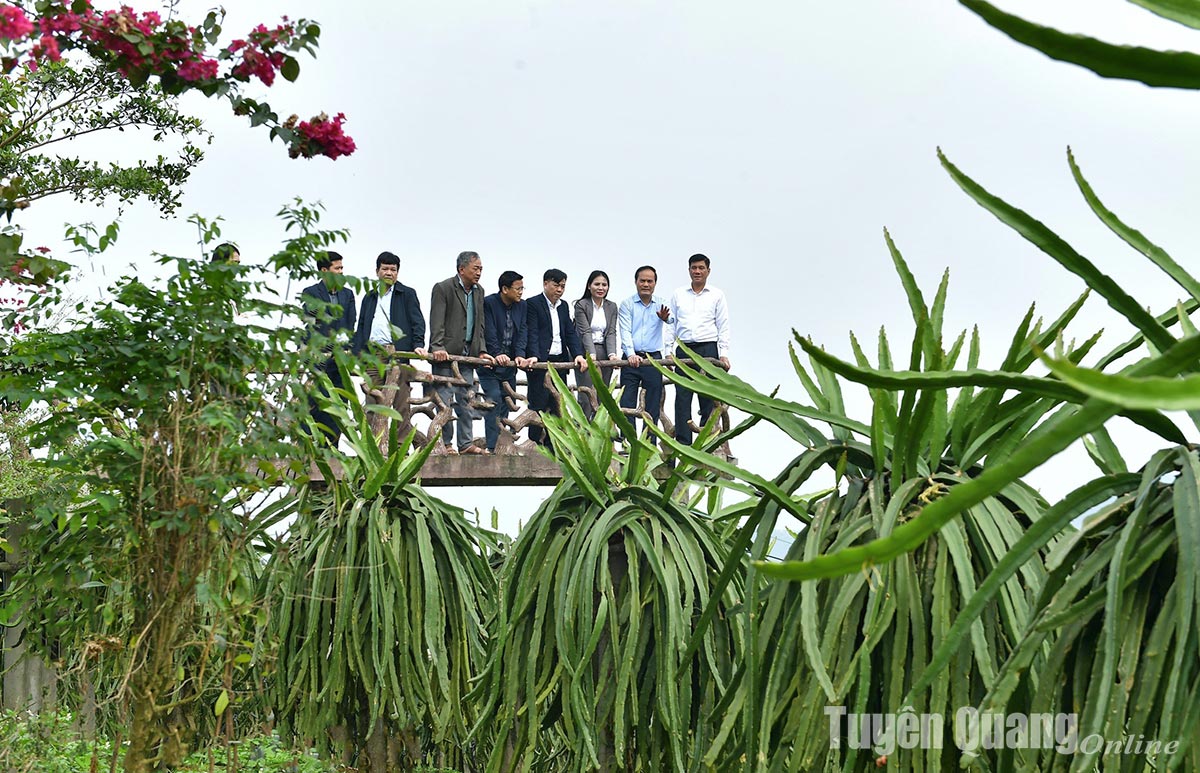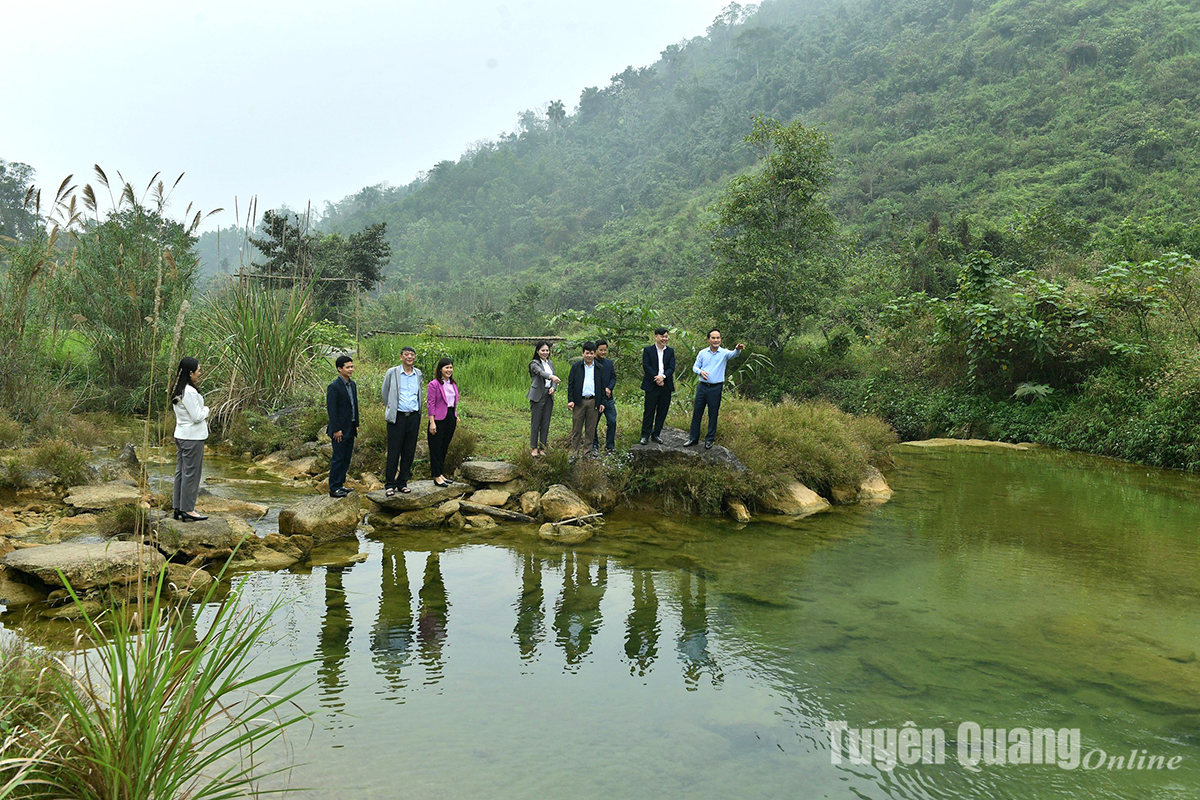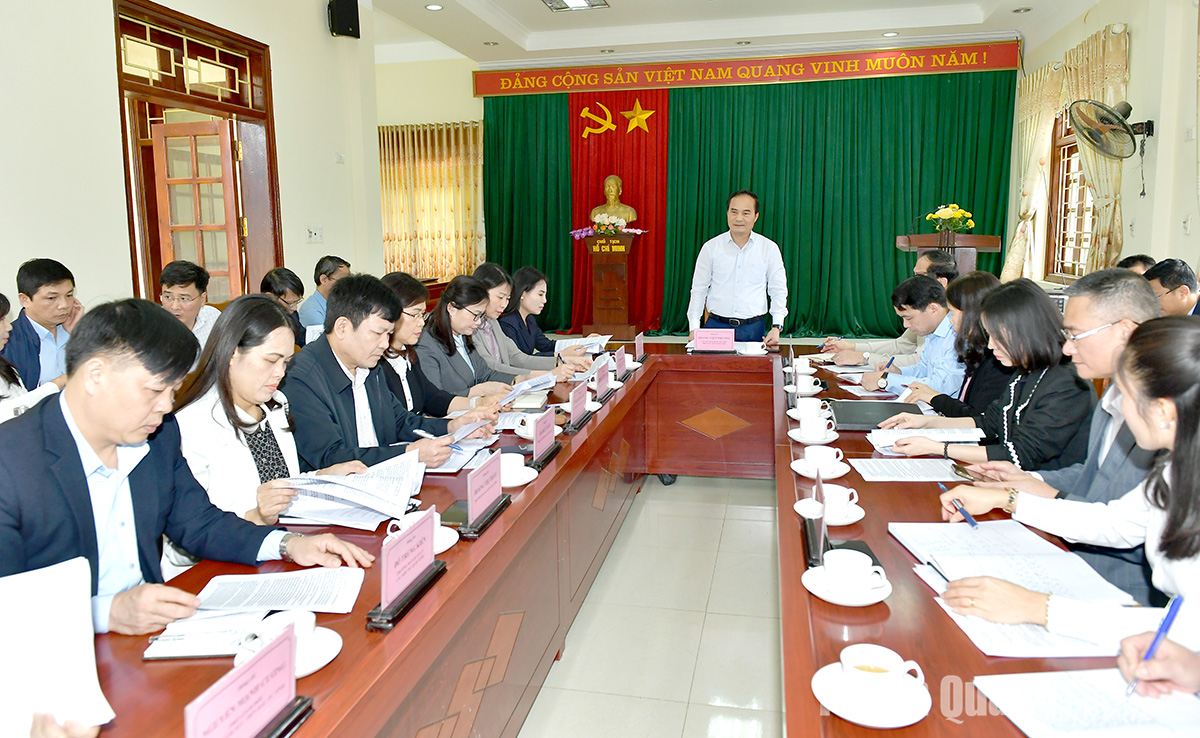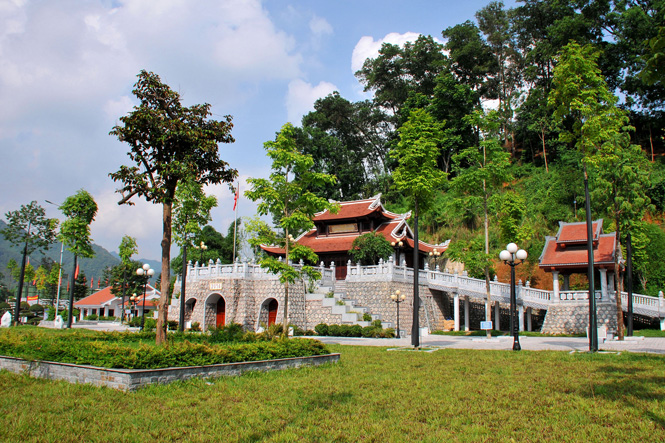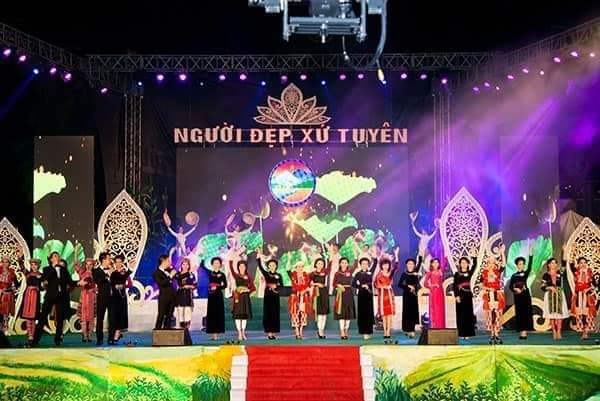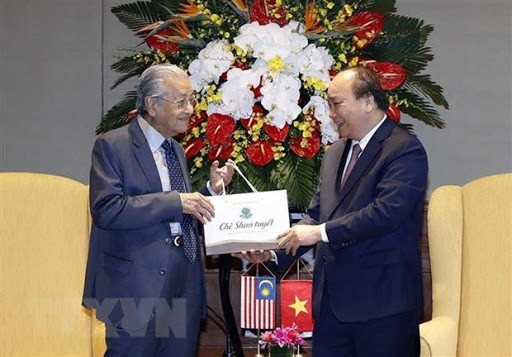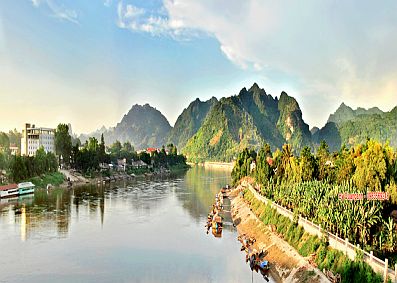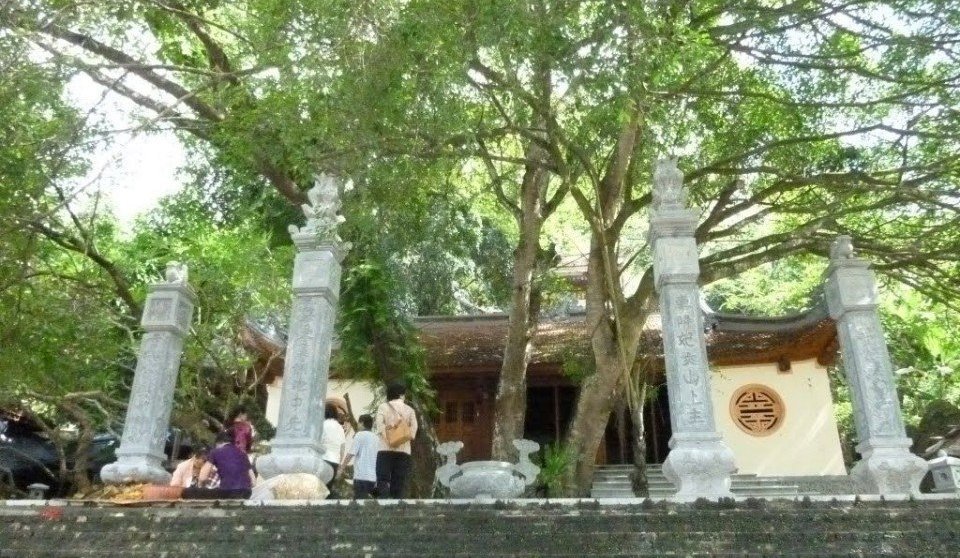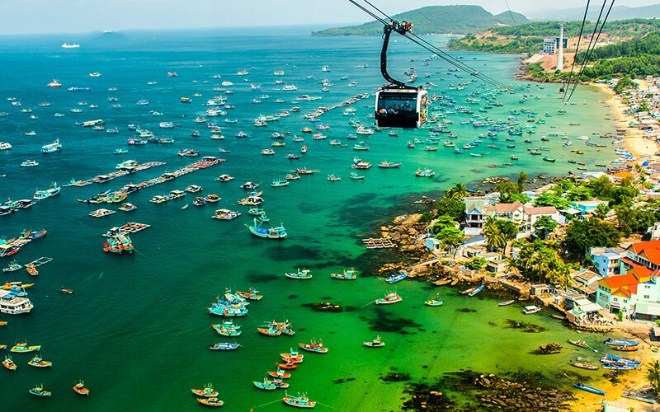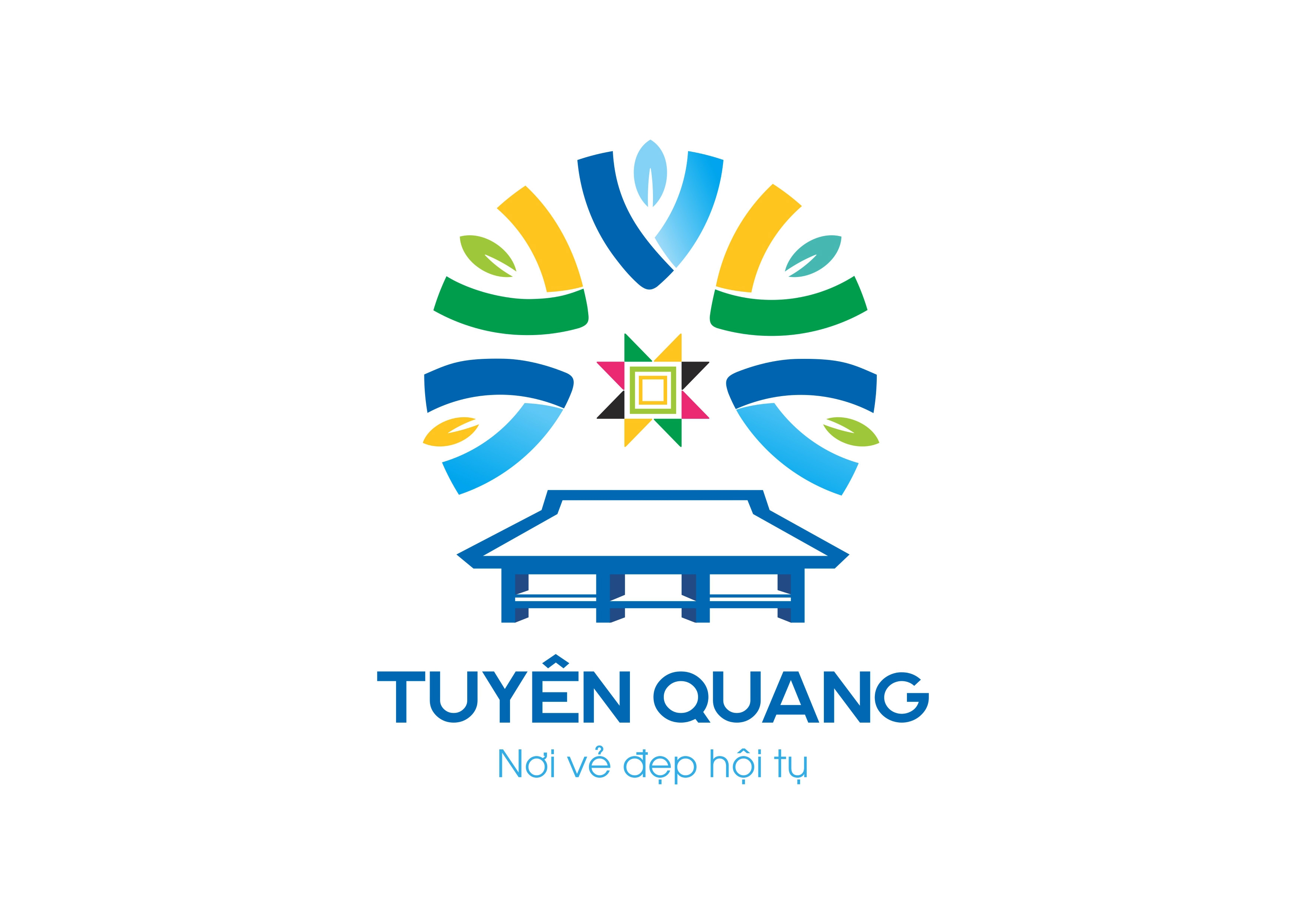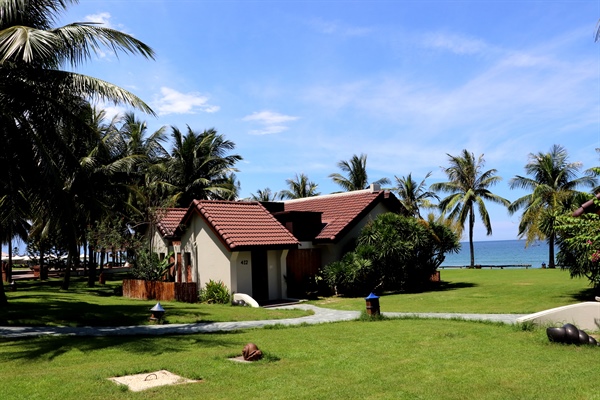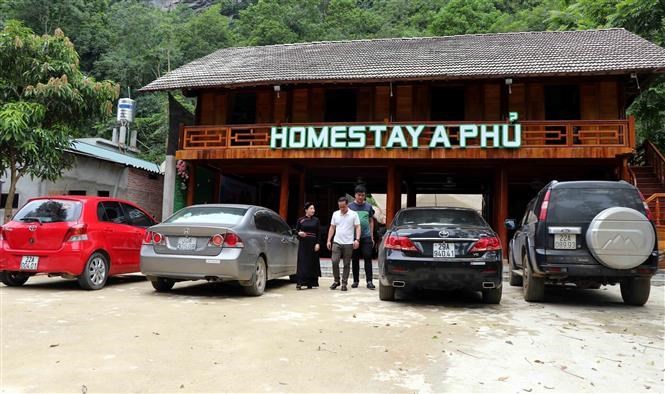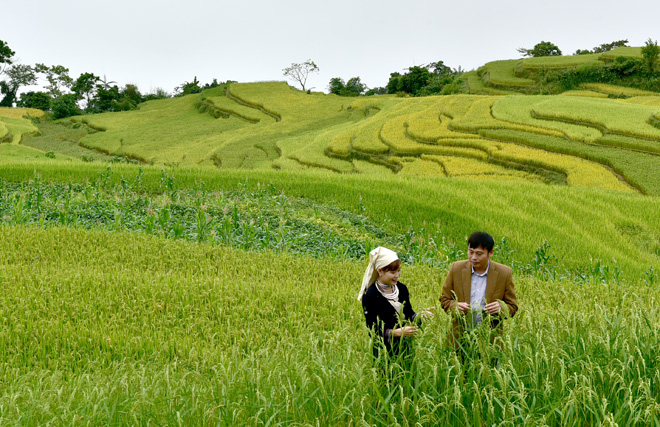X
1486 0
In 2011, the province submitted to the Government to establish a new district of Lam Binh on the basis of taking 5 communes of Na Hang district and 3 communes of Hong Quang, Tho Binh and Binh An of Chiem Hoa district. Welcoming the New Year of the Suu 2021, Lam Binh district celebrates the 10th anniversary of the establishment of the district. 10 years of construction and development is not a long way, but Lam Binh has had a spectacular change.
.jpg)
Homestay tourism with the identity of the Red Dao people in Phuc Son commune has begun to develop.
Together with Na Hang district, Lam Binh develops all aspects, from economy and society, to national defense and security, especially in the field of tourism. Mr. Luong Duy Doanh, Director of 5-star Trading and Tourism Company Limited (Hanoi), said that Lam Binh district has the advantage of being located in Na Hang - Lam Binh Nature Reserve, a special national scenic spot. of the province. Lam Binh manages half of the lakebed area, has 4,000 hectares of water surface with beautiful natural landscape. In the district, there are many beautiful landscapes such as Na Tong wharf, Coc Vai, Khuoi Nhi waterfall, Nam Me waterfall, Song Long cave, Phuc Yen fishing village, Thuong Lam commune limestone landscape, Ban Cai valley, Phuc ancient pagoda. Lam Tu, the field of Khuon Ha commune, Pu Bao temple, Lang Can commune... Festival tourism has been restored by the district to the Long Tong Festival of the Tay people, the fire dance of the Pa Then people. In addition, the district has kept primeval forests to develop eco-tourism, combined with homestay community tourism with traditional stilt roofs to help preserve the cultural identity of the ethnic groups here.
Mr. Ly Van Tai, owner of a Homestay in Ban Lanh village, Phuc Son commune affirmed that by merging two more communes in the upper area of Chiem Hoa district, Minh Quang and Phuc Son, to Lam Binh district, the people of the two communes will be closer to the district center. than. Moreover, these two communes in terms of culture and identity have similarities with Binh An, Hong Quang and Tho Binh communes, which will facilitate socio-economic development, especially tourism development.
The tourism potential of Minh Quang and Phuc Son communes is huge, which can be mentioned as scenic spots such as: Bo Cuong temple, Long Tong festival in Minh Quang commune, experiencing the primeval forest area Floor, Variable, and Bo cave. According to the Department of Culture, Sports and Tourism, Lam Binh currently has the fastest development rate of eco-tourism combined with homestay tourism in the province. More and more tourists come to Lam Binh. Tourism in this cluster of communes will have more tours to watch fire dance of the Pa Then people in Hong Quang commune; Homestay tourism in Tho Binh commune, off-road racing, photo stop on Khau Lak pass in Binh An commune...
It can be said that the separation of 2 communes Minh Quang and Phuc Son of Chiem Hoa district to Lam Binh district in particular in terms of tourism development also shows the suitability to create seamless links, routes, regional planning. , helping Lam Binh develop tourism in the near future.
According to Tuyen Quang Online
